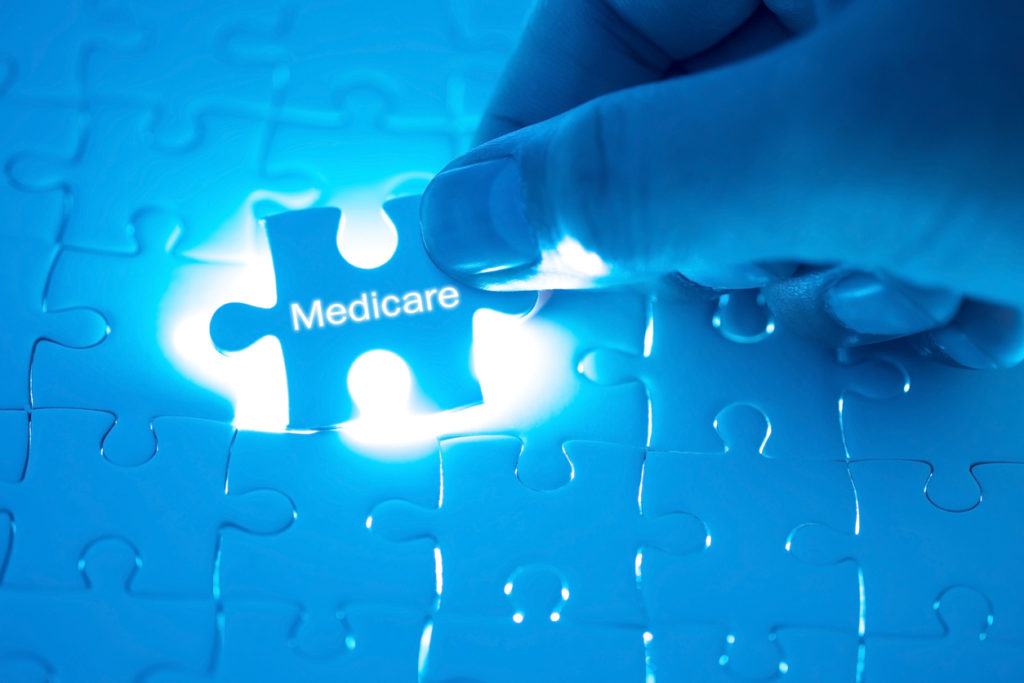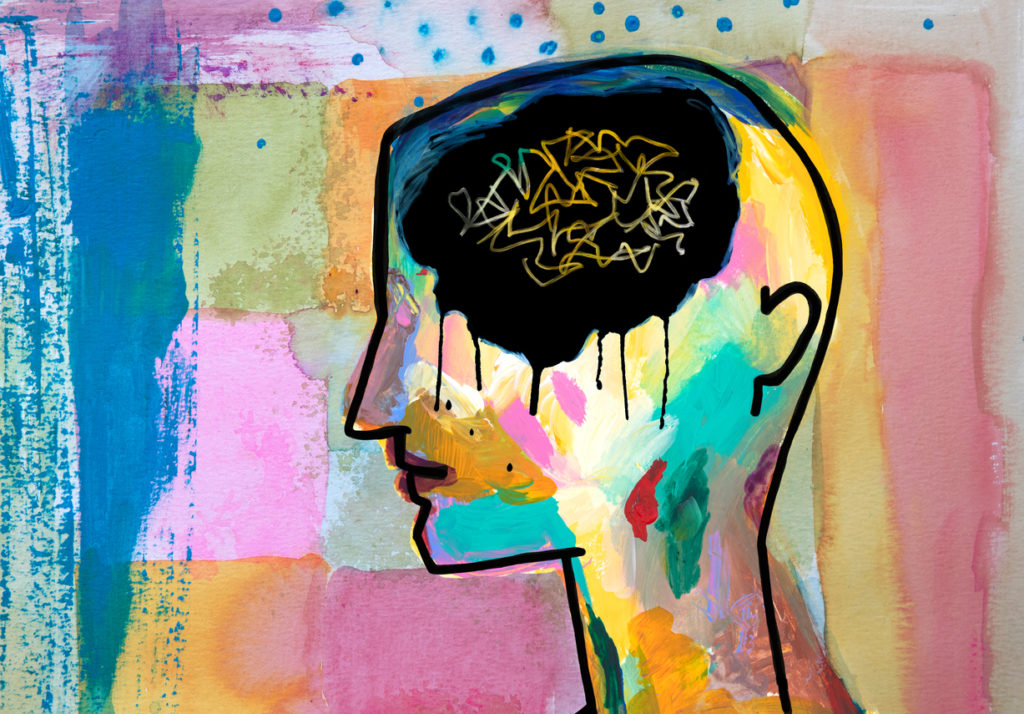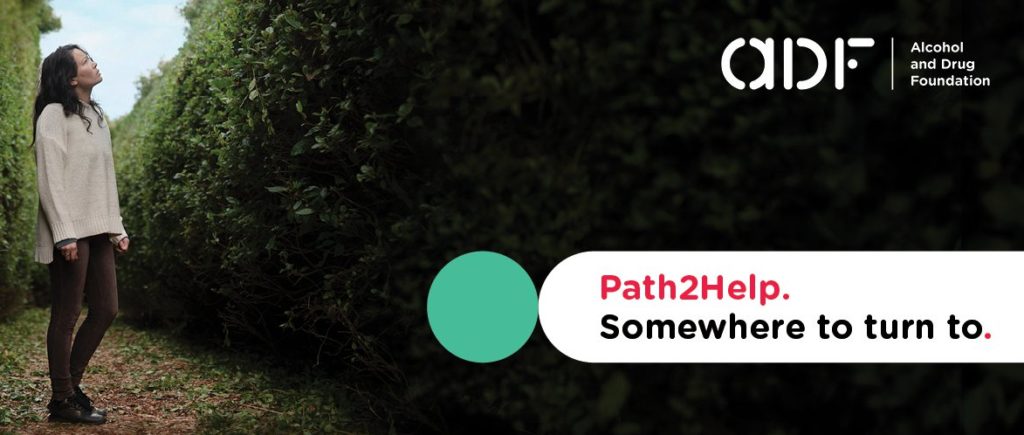The purpose of this study is to compare the efficacy of a CD-ROM-based cognitive-behavioral therapy (CBT) to traditional manual-based group therapy for obese individuals with binge-eating disorder (BED) and other unhealthy eating behaviors. A second goal is to encourage a healthy lifestyle in patients with BED.
Official Title
Cognitive Therapy Via CD-Rom for Binge-Eating Disorder
Conditions
– Obesity- Eating Disorders
Study Type
Interventional
Study Design
Treatment, Randomized, Open Label, Active Control, Parallel Assignment, Efficacy Study
Further Details
Although eating and weight-related disorders are treatable, most afflicted individuals never receive proper treatment. CD-ROM-based CBT may be an efficacious and cost-effective intervention, a useful adjunct to traditional psychotherapy, or an introductory step to treatment which familiarizes patients with the principles and techniques of CBT and increases their comfort and motivation to seek additional help. Potential participants undergo a brief telephone screening to ensure their understanding of the study. Individuals who meet preliminary criteria are then scheduled for an initial assessment. Patients are randomized to 1 of 3 groups. One group is given a copy of the CD-ROM program to complete at home over 10 weeks. At the end of each week, these patients upload and transmit their encrypted tracking data to the research coordinator. At the end of the treatment, participants who have not improved are offered a course of traditional manual-based group therapy, follow-up in an ongoing maintenance group in an eating disorders program, or an alternative treatment. A second group undergoes standard group CBT. Therapy is administered over 10 weeks in five 90-minute sessions. The key topics are similar to those covered in the CD-ROM group: psychoeducation, developing a personal profile, standardizing meal times, recognizing emotional eating, increasing daily activity, learning the language of CBT, identifying automatic thoughts, restructuring thoughts, identifying cues and consequences, chaining, “surfing the urge,” and preventing relapses. Therapy sessions include a didactic section followed by group interaction and discussion. All group sessions are audiotaped and monitored. Participants in the wait list control group undergo an initial assessment but receive no active intervention for 10 weeks. After 10 weeks, these patients undergo post-treatment assessment and are offered the opportunity to either enter group treatment in an eating disorders program or enter other appropriate treatment. Three-month follow-up data are not collected from these individuals. Assessments occur at study start, at the end of treatment, and at a 3-month follow-up. Assessments include height and weight measurements and measurements of changes in exercise- and nonexercise-related activity. All participants are given tests and interviews to assess eating disorder symptoms, depression, psychoactive substance abuse and dependence, and functioning. Patients complete self-report questionnaires to assess their cognitive restraint, hunger, disinhibition, strength of urges to binge, and degree of confidence in their ability to resist a binge. Patients also rate the suitability of treatment both prior to and following completion of the intervention.
Study Start
Eligibility & Criteria
Ages Eligible for Study: 18 Years – 60 Years, Genders Eligible for Study: Both Criteria Inclusion criteria:Binge-eating disorder (binging an average of once per week for 6 months) Body mass index of 30 or more Regular access to an IBM-compatible computer Exclusion Criteria:Patients currently taking psychoactive medication will not be excluded provided their unhealthy eating behaviors have remained stable during treatment
Total Enrolment
60
Contact Details
[1] University of North Carolina, Chapel Hill, North Carolina, 27599, United StatesAll content and media on the HealthEngine Blog is created and published online for informational purposes only. It is not intended to be a substitute for professional medical advice and should not be relied on as health or personal advice. Always seek the guidance of your doctor or other qualified health professional with any questions you may have regarding your health or a medical condition. Never disregard the advice of a medical professional, or delay in seeking it because of something you have read on this Website. If you think you may have a medical emergency, call your doctor, go to the nearest hospital emergency department, or call the emergency services immediately.







